An update on Atlantic and Gulf of Mexico menhaden recovery successes, challenges, and recent events since January
A lot has already happened this year on the menhaden conservation front, so probably not even the most engaged followers have been able to keep track of it all. The TRCP wanted to provide its members, supporters, and partners with a summary of everything that’s happening along both coasts, and point out what’s to come later this year.
Here are five major developments related to Atlantic menhaden, and another four related to the fishery in the Gulf, that saltwater anglers and conservationists should know about.
Atlantic/Chesapeake Bay
Plans to Study Menhaden Ecology, Economics
The state legislature in Virginia passed a bill in late March which directs the Virginia Institute of Marine Science to develop plans for studying the ecology, fishery impacts, and economic importance of menhaden populations in Virginia waters. In September, VIMS will present their plan to the General Assembly. The TRCP will be supportive of a comprehensive and unbiased study plan, and looks forward to working with VIMS and the General Assembly in 2024 as they execute the plan.
Voluntary Agreement Between Omega Protein and Virginia
A final memorandum of understanding (MOU) between the Virginia Marine Resources Commission and foreign-owned reduction fishery giant Omega Protein was published in late April. While the MOU is intended to protect Chesapeake Bay shorelines from fish spills and limit user conflicts between the reduction fishery and other stakeholders, through voluntary buffer zone avoidance and other measures, it lacks what the original regulatory proposal from 2022 provided – legal teeth. VMRC rejected a proposal from Governor Youngkin’s administration late last year that would have created mandatory one-mile buffers from Bay shorelines and a half-mile buffer on either side of the Bay Bridge Tunnel, where purse seining would be prohibited, along with summer holiday seining restrictions.
New Appointments Coming to Marine Resources Commission
The TRCP led 17 partners and state groups to sign a letter to Governor Youngkin in May, expressing support for qualified and balanced candidates to the VMRC Board who will support recreational fishing and conservation. Two VMRC Board positions are expected to be appointed by the governor soon. We will be monitoring the two upcoming appointments by the Youngkin administration to ensure that both candidates are fair and balanced towards recreational interests. In the meanwhile, keep letting the governor know it’s time to stop industrial menhaden fishing in the Bay – or at least work toward more effective regulations to conserve this critical forage fish.
If Chesapeake Bay Menhaden Really Are That Abundant…
Earlier this month, seven of Omega Protein’s larger seine boats – the majority of its Chesapeake Bay menhaden fishing fleet – steamed 200 miles north to fish off New York and New Jersey, presumably to find more fish. Typically the fleet focuses on the Bay this time of year, due to plentiful and easily accessible menhaden. Could this incredibly expensive tactic indicate a lack of enough available menhaden close to the company’s home base in the Bay, where the vessels are typically found fishing around this time? Add to that the fact that osprey reproductive success is crashing in areas of the Bay where the raptors rely primarily on menhaden to feed their chicks, and the concerns about the state of the Bay’s menhaden become even more worrisome. Whether or not this fleet movement is a result of lower menhaden numbers in the Bay than Omega Protein proclaims are present, it’s clear there’s a problem and we need to push to protect Chesapeake Bay menhaden and the ecosystems and recreational activities this important fish supports.
Opportunity to Change Menhaden Regulations in Bay this Fall
From October to December each year, the VMRC has the ability to change menhaden regulations in the Commonwealth. The TRCP and its partners will be focused on getting proposals passed that have real legal teeth to protect Chesapeake Bay’s menhaden, rather than relying on handshake agreements.
Gulf of Mexico
Ecological Thresholds for Pogie Populations
In January, a study was published that quantified tradeoffs between menhaden harvest and predator biomass to develop ecological reference points – which assess a species’ overall role in an ecosystem, rather than simply considering that species alone. The study findings included that biomass for many predators was more affected by the commercial harvest of menhaden, also known as pogies, than by fishing pressure on the predator species itself. The research could inform efforts to better monitor bycatch in commercial nets and manage menhaden with their importance to sportfish in mind. However, a bill that used these results to propose menhaden catch limits based on the dietary needs of their predators and intended to establish purse seine buffers off Louisiana beaches to protect redfish spawning areas was stopped by opposition in the state legislature.
Proposed Rule Would Prohibit Net Abandonment
The Louisiana Department of Wildlife and Fisheries approved a Notice of Intent in February to prohibit the abandonment of purse seine gear and implement penalties for the wanton waste of menhaden as a public resource. The rule would also require notification to LDWF within two hours of any net spills. This notice came on the heels of a fish spill in September 2022, when Omega Protein abandoned a purse seine net off Louisiana. Omega not only left the net behind but spilled more than 900,000 dead menhaden into the Gulf, along with many sportfish caught as bycatch (including spawning-size red drum). The TRCP has previously shared information about how Gulf sportfish are affected by purse seining for menhaden, and will continue to apply pressure to establish more common sense menhaden regulations in the Gulf fishery.
Research on Gulf Bycatch
In May, proposals were due to the Gulf States Marine Fisheries Commission for plans to conduct a comprehensive bycatch study on menhaden fishing. Much anecdotal evidence indicates a significant amount of bycatch, including spawning size redfish and other sportfish, in Gulf seining operations, but the necessary scientific data are lacking. An announcement of the chosen research group is expected from the GSMFC soon. We will be monitoring the resulting bycatch study, which will be overseen by the GSMFC, to ensure that the methodology is unbiased toward industry interests. This September, the GSMFC will host the third menhaden reference points stakeholder workshop in Long Beach, Miss. The TRCP and partners, long focused on better management of menhaden, will participate in the workshop and focus on creating and implementing realistic, scientifically based ecological reference points that leave enough menhaden in the water for the predators that rely on them.
First Step to Conserve Louisiana Redfish
A continuing resolution was passed unanimously in June by both chambers of the Louisiana State Legislature, which urged LDWF to end the killing of breeding-size redfish by both recreational and commercial fishermen. The TRCP applauds this resolution, which marks a first step toward regulations that will conserve redfish and could also hinder the menhaden industry’s ability to kill many thousands of redfish via pogie boat bycatch each season.
Learn More About Menhaden
Learn more about how this tiny forage fish drives sportfishing and underpins marine ecosystems.
Osprey images courtesy of Katherine Crozier

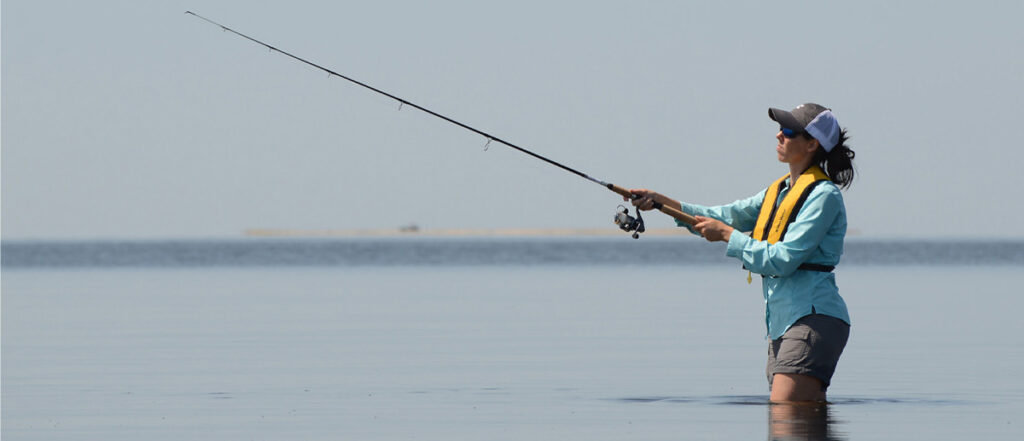
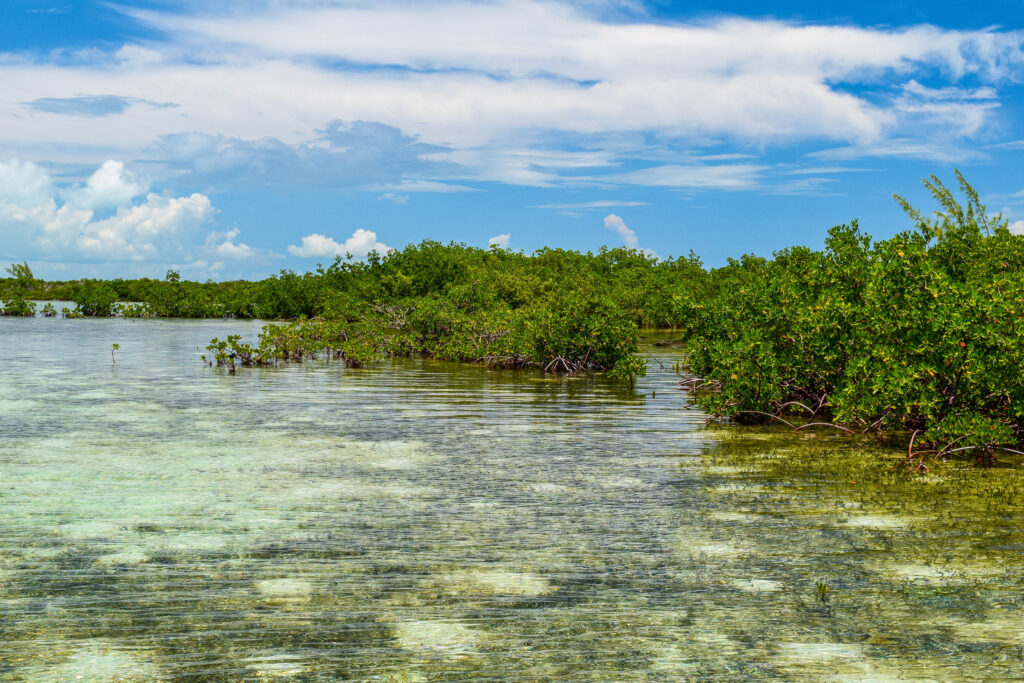
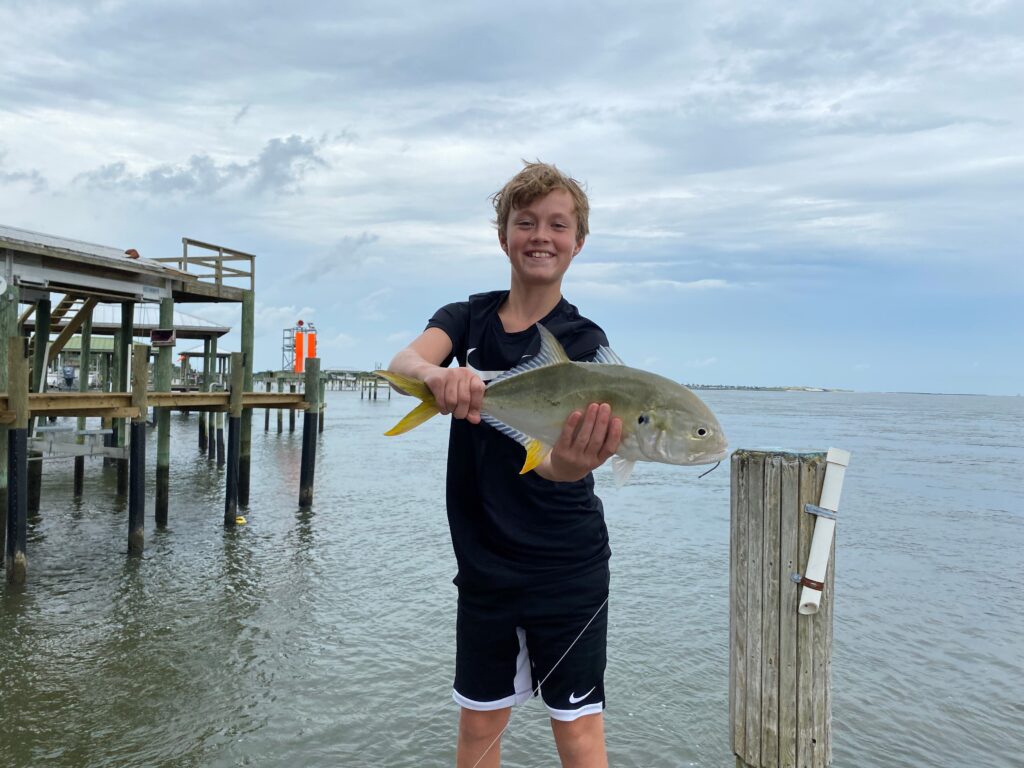
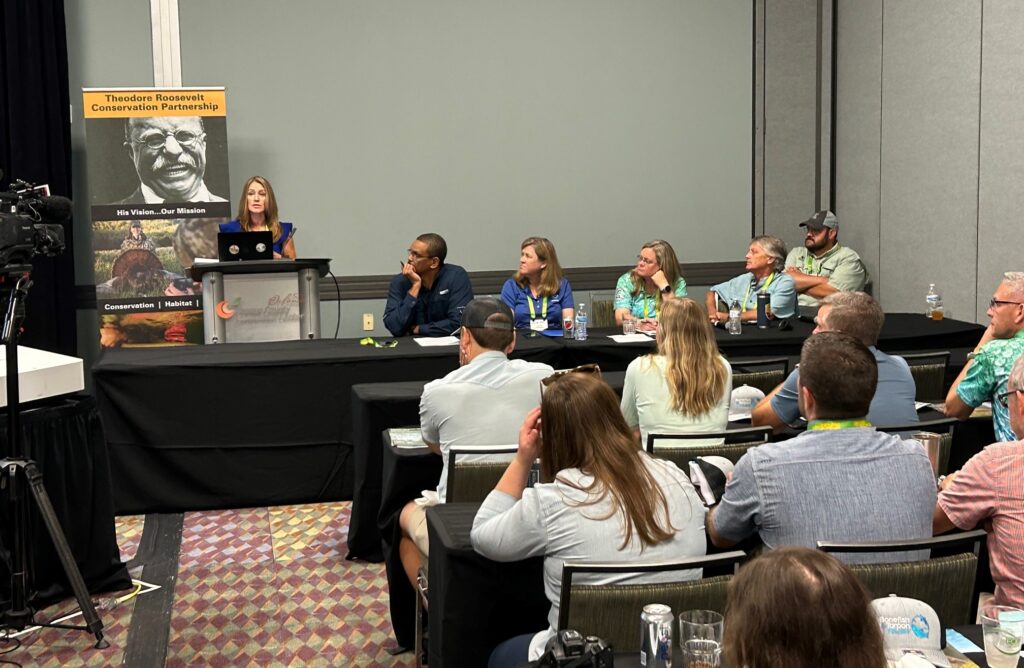
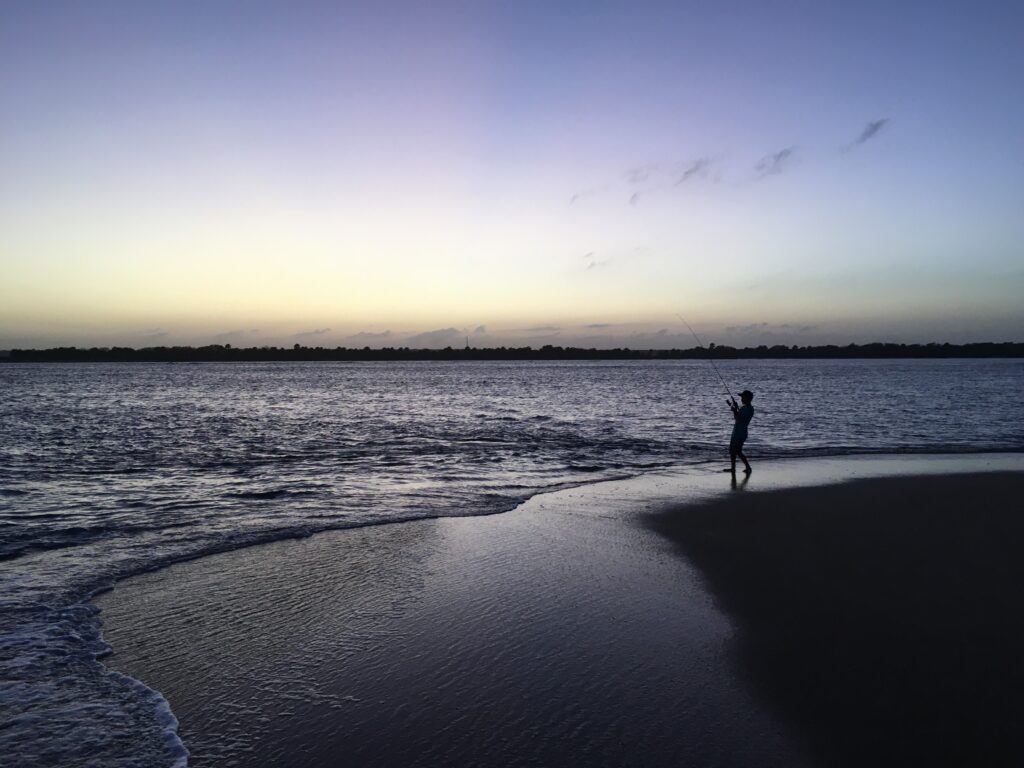
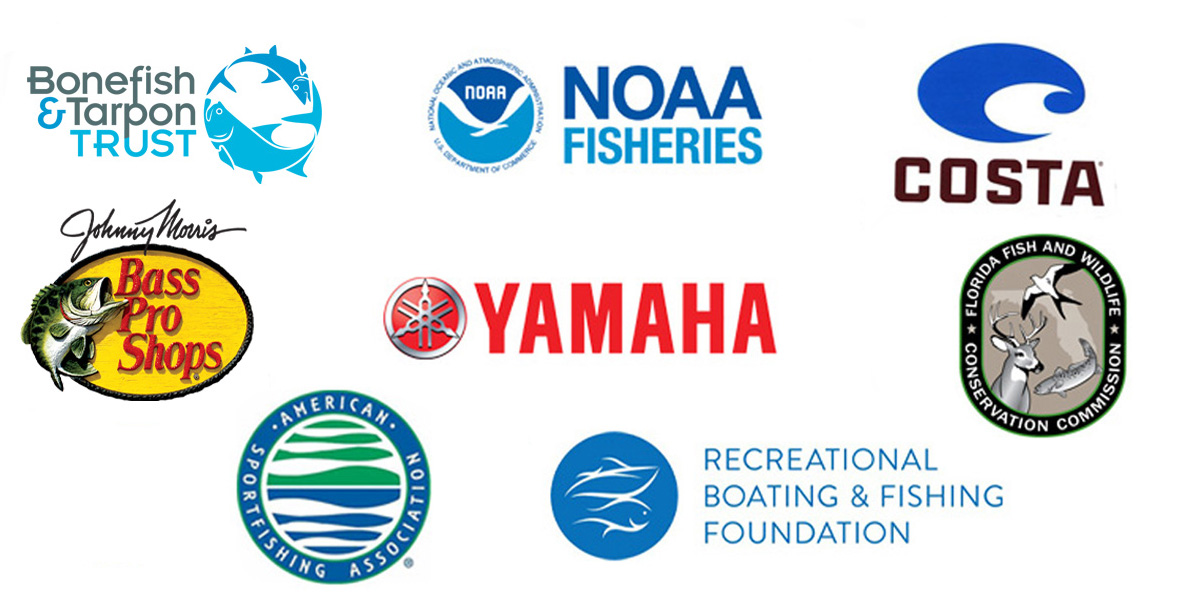





If ANYONE is found guilty of bill, for god’s sake like these pogey boats, make the punishment FIT THE CRIME
Move Omega’s operations out of the Chesapeake Bay. Let them fish outside a three mile limit of the bay and Virginia coastline. Studies have found that Ospreys are not successfully breeding due to the insufficient amount of menhaden in the waters of the Chesapeake Bay.
i think the Ospreys have since enough to catch other fish